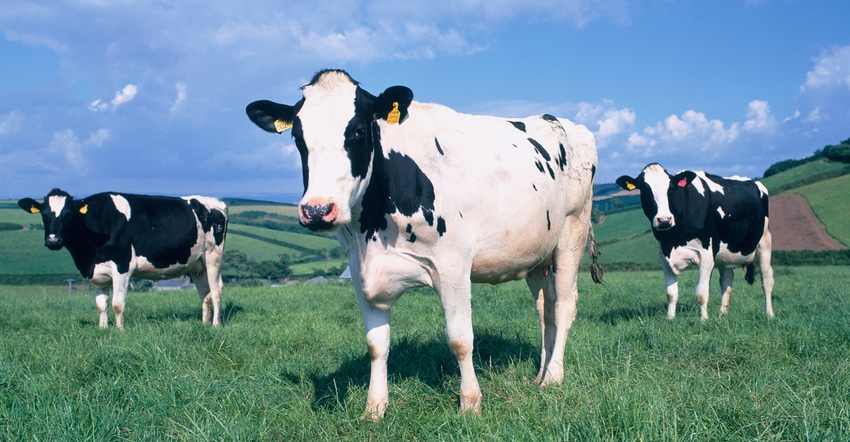
The economy is predicted to continue to grow in 2022. But inflation is driving up gasoline prices, home heating fuel prices, and the cost of food and other consumer goods, which will reduce consumer spending power. Barring any setbacks to the restaurant business, in-person learning in schools and colleges, and attendance at public events, increased cheese sales should boost overall milk sales.
Labor shortages are prevalent, and a lack of truck drivers and milk plant operators is creating challenges across the supply chain. At the ports, congestion is interrupting dairy exports and causing a buildup of inventories.
Even as challenges abound, according to USDA, demand for U.S. dairy products from both domestic and international buyers remains robust. Class I demand has subsided from a couple of months ago when schools opened, boosting the need for fluid milk; however, demand for fluid milk remains significantly elevated above 2020.
Dairy exports rise
Dairy exports in 2022 are predicted to be higher than in 2021. U.S. dairy products are expected to remain competitive with other major exporters.
If vaccination progress continues to reduce cases of COVID-19, the world economy should show improvement, which would boost world demand for dairy products, says Bob Cropp, University of Wisconsin-Madison dairy economist.
Dairy exports have also been a factor in higher dairy product prices. The volume of August exports was 13% higher than a year ago. August exports marked the seventh straight month of growth. Compared to a year ago, nonfat dry milk-skim milk powder exports were 15.4% higher, dry whey products 9.2% higher, cheese 18.1% higher and butterfat 150.5% higher, according to USDA.
The increase in milk production over a year ago has slowed, and according to USDA, it is expected to continue to slow for the remainder of the year. With the strong seasonal demand during the holidays, cheese and butter prices could strengthen even more.
Milk production from April through June was 3.7% higher than a year ago. But since then, the growth in milk production has slowed. July’s production was up 1.9%, but August was up just 0.6% and September, 0.2%. September’s increase was all due to 27,000, or 0.3%, more milk cows than a year ago, because milk per cow averaged 1 pound less.
This is the second consecutive month milk per cow dropped below a year ago, partially reflecting some adverse weather and possibly higher feed costs. Thirteen of the top 24 milk-producing states reported less milk per cow. Dairy cow numbers declined by 25,000 from August to September and by 85,000 from May, when the numbers peaked.
The growth in milk production for 2022, according to USDA, may be no more than 1.5%. USDA is projecting an increase of just 1.2% over 2021. High feed costs as well as increased labor and other input costs will likely encourage heavier culling of lower-producing cows. The high cost of building materials will dampen dairy expansion decisions. Milk cow numbers will likely average below 2021 numbers. USDA projects the average number of milk cows to be 25,000 head fewer, a decline of 0.3%.
About the Author(s)
You May Also Like






